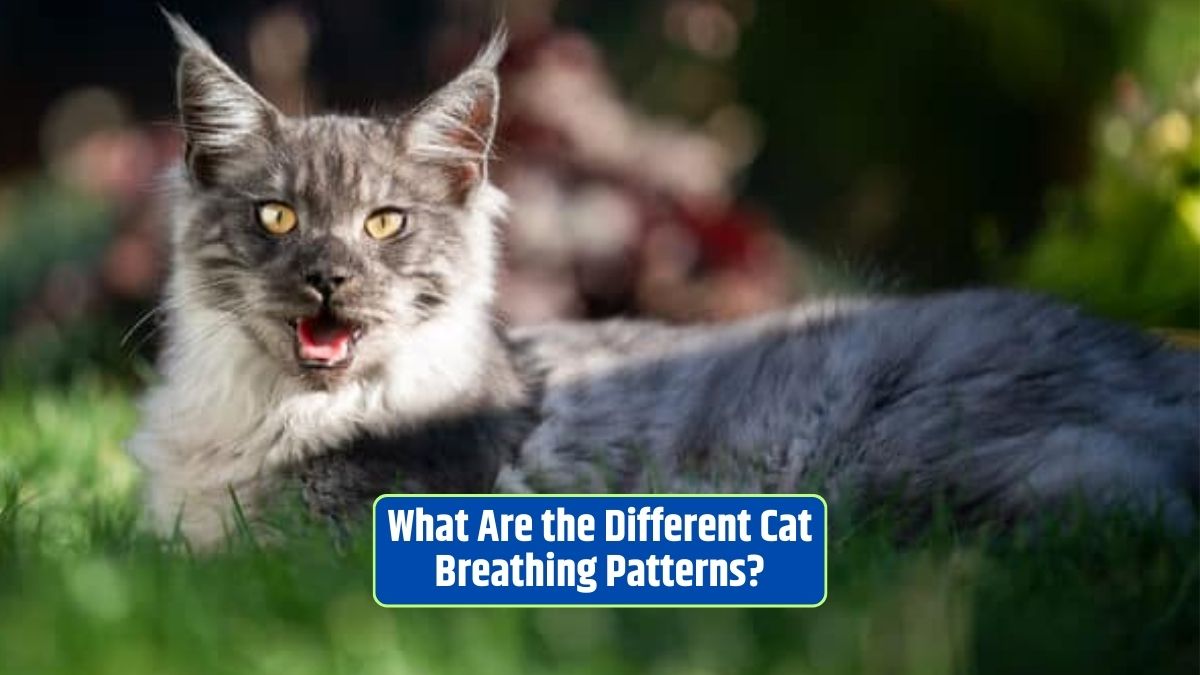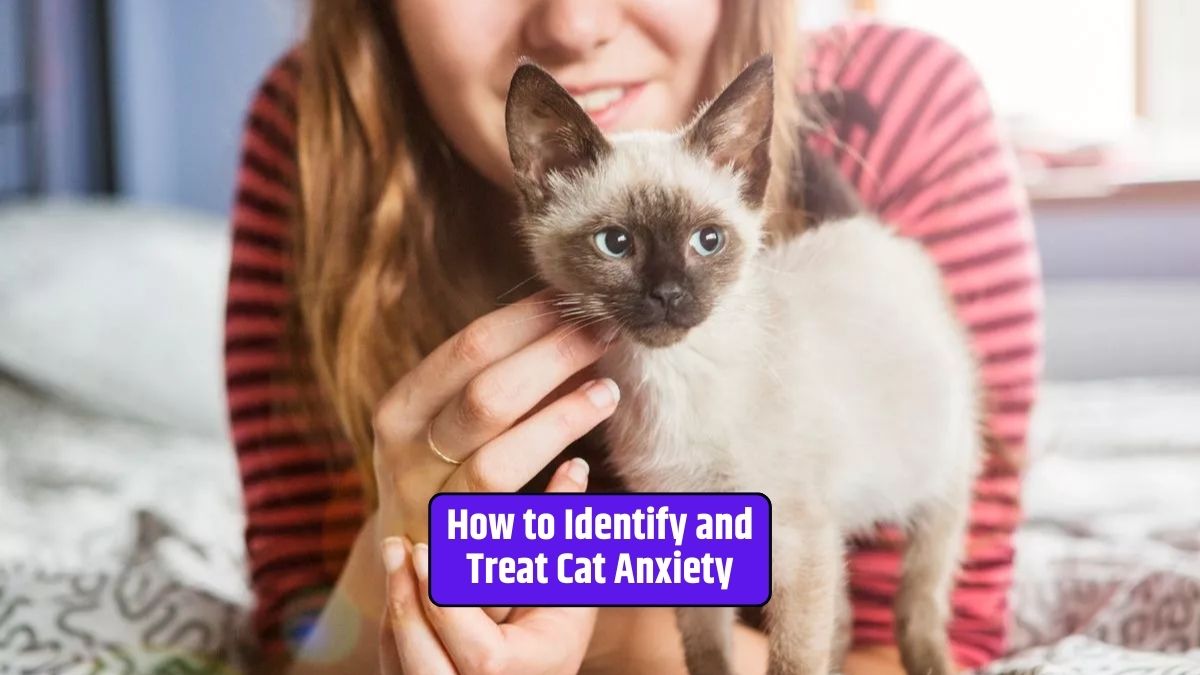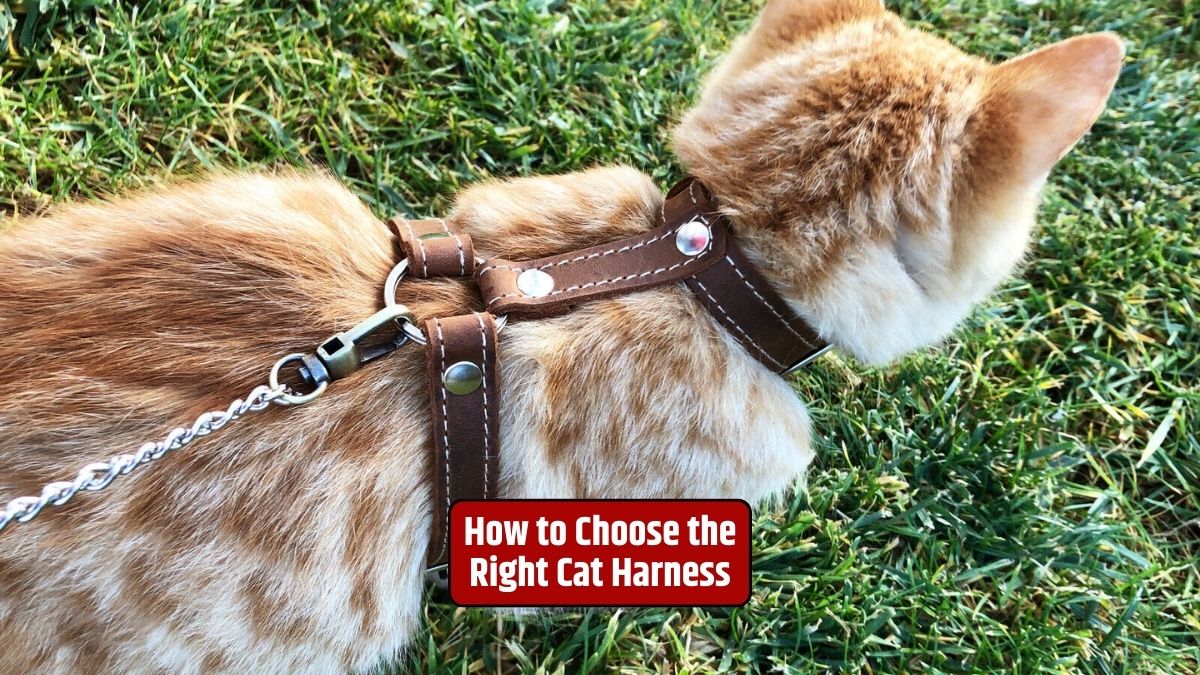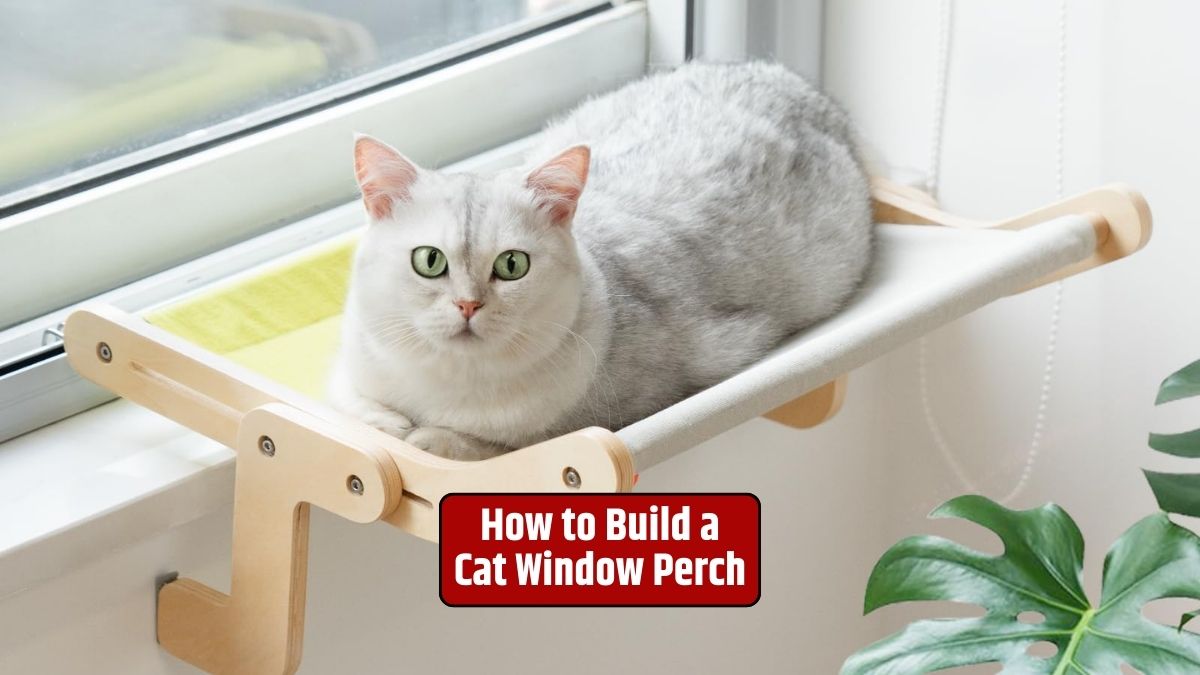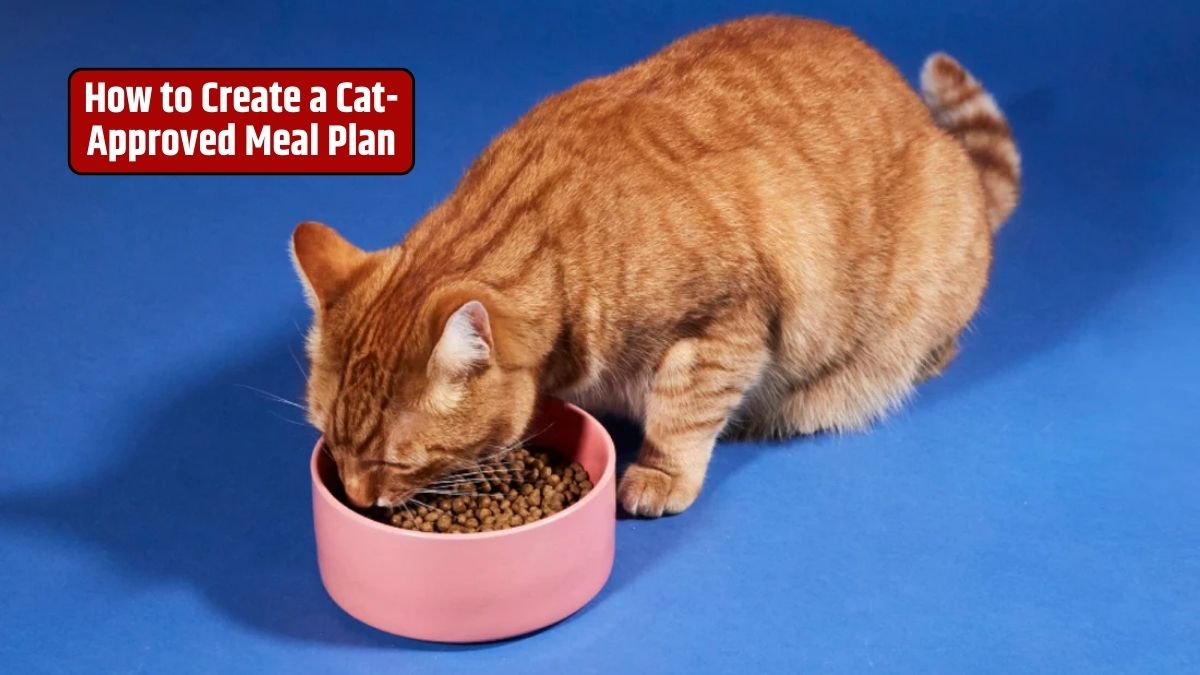Cats are fascinating creatures, and every aspect of their behavior can tell us something about their health and well-being. One of the essential signs to observe is their breathing patterns. In this article, we’ll explore the various cat breathing patterns and what they might indicate about your feline friend’s health.
Normal Cat Breathing
Before we delve into the different breathing patterns, let’s first understand what normal cat breathing looks like. A healthy cat typically breathes quietly and regularly. Their breathing should be:
- Regular: Cats breathe in and out at a consistent pace, without irregular pauses or hesitations.
- Silent: Normal cat breathing is usually quiet. You shouldn’t hear any wheezing, coughing, or excessive noise while they breathe.
- Nasal: Cats primarily breathe through their nose, and their mouth remains closed during normal breathing.
Cat Breathing Patterns
1. Panting
Panting is not a normal breathing pattern for cats. If your cat is panting, it may be a sign of overheating, stress, or an underlying medical condition. It’s essential to monitor your cat’s behavior and seek veterinary attention if panting persists.
2. Shallow Breathing
Shallow or rapid breathing can be a sign of respiratory distress, anxiety, or pain. If your cat is breathing rapidly and doesn’t seem to be calming down, it’s essential to consult a veterinarian.
3. Labored Breathing
Labored breathing involves visible effort and discomfort in each breath. It may be due to heart or lung issues, and immediate veterinary attention is necessary.
4. Open-Mouth Breathing
If your cat frequently breathes with its mouth open, it can be a sign of an underlying respiratory problem. Cats generally breathe through their nose, so open-mouth breathing warrants a vet visit.
5. Wheezing
Wheezing or coughing can indicate various issues, including asthma, allergies, or infections. If your cat exhibits these symptoms, it’s vital to have them examined by a vet.
Common Causes
There are several reasons why a cat might exhibit abnormal breathing patterns:
- Respiratory Infections: Infections can cause coughing, wheezing, and labored breathing.
- Allergies: Allergic reactions can lead to respiratory issues and coughing.
- Asthma: Cats can develop asthma, which often manifests as wheezing and coughing.
- Heart Problems: Heart issues can lead to labored breathing and discomfort.
- Stress or Anxiety: Cats can exhibit abnormal breathing when they are stressed or anxious.
Conclusion
Understanding your cat’s breathing patterns is an important part of being a responsible pet owner. If you notice any unusual breathing patterns, it’s always best to consult a veterinarian. Your cat’s health and well-being are worth the extra care and attention.
FAQs
Is it normal for a cat to pant after vigorous play?
Occasional panting after vigorous play is normal, but excessive or prolonged panting should be a cause for concern.
Can a cat have allergies that affect its breathing?
Yes, cats can have allergies that lead to respiratory symptoms like sneezing, wheezing, or coughing.
How can I help a cat with asthma?
If your cat is diagnosed with asthma, your vet can provide treatment options, including medications and environmental modifications to reduce triggers.
What should I do if my cat’s breathing becomes labored suddenly?
If your cat’s breathing becomes labored suddenly, seek immediate veterinary attention, as it could be a sign of a severe health issue.
Can stress cause long-term breathing problems in cats?
While stress can lead to temporary breathing issues, it’s not typically a long-term cause. However, chronic stress can contribute to various health problems, including respiratory ones.
